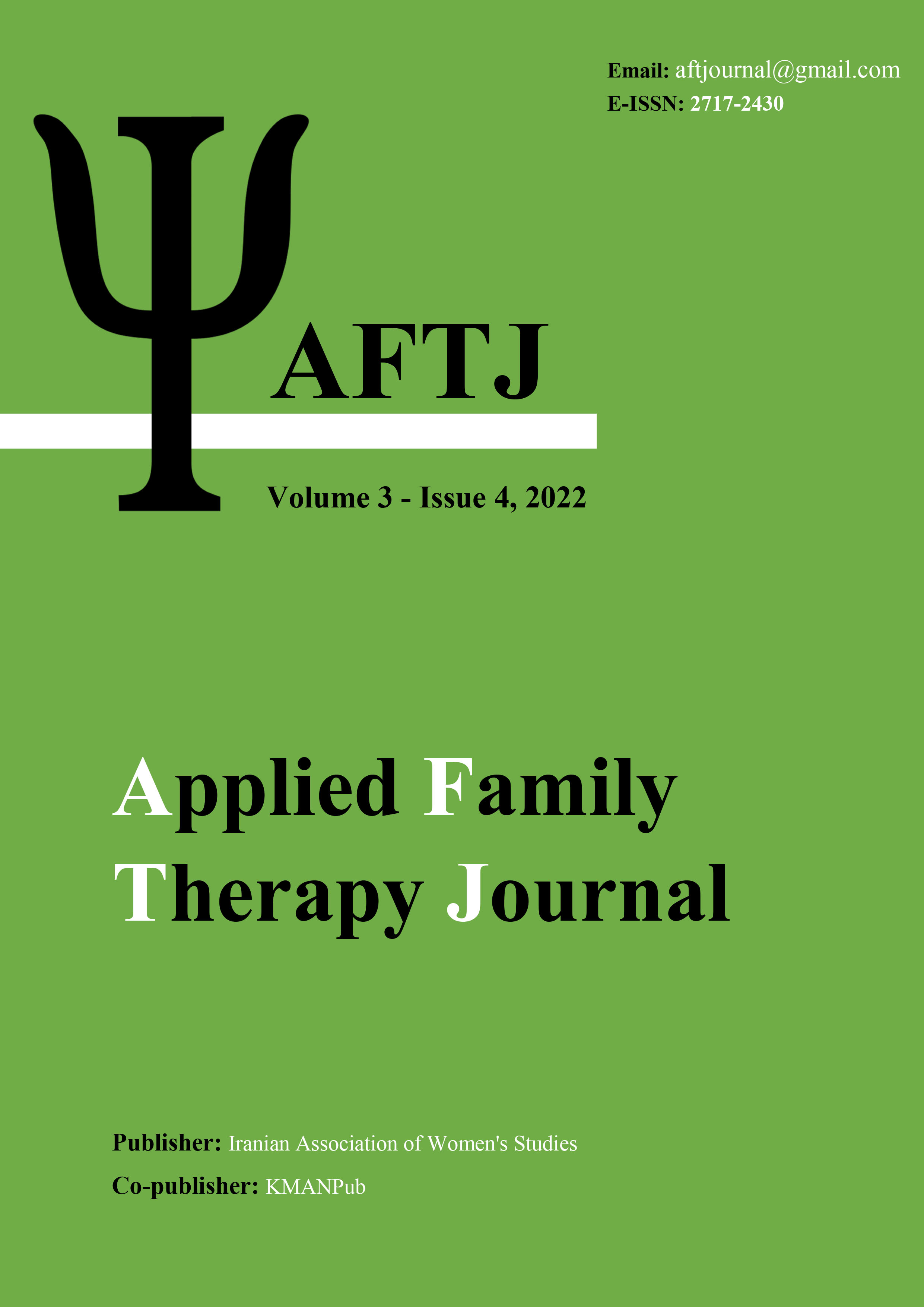Comparison Of the Effectiveness of Immunization Training Against Stress and Emotion Regulation Training on Social Adequacy and High-Risk Behaviors in Adolescent girls
Keywords:
social adequacy, high-risk behaviors, stress, emotion regulation.Abstract
Aim: The aim of this study was to compare the effectiveness of immunization training against stress and emotion regulation training on social adequacy and high-risk behaviors in Adolescent girls. Methods: The present study was a quasi-experimental study with pre-test and post-test and follow-up with a control group. The statistical population of this study included all female high school students in Ramhormoz city in the academic year of 2019-20 who were studying in schools of this city. From this statistical population, 3 schools were selected by multi-stage random sampling method. Two schools were randomly assigned to experimental groups 1 and 2 and one school as a control group. The number of stress immunization training groups according to Mickenbaum (2007) protocol included 23 people and the emotion regulation training group (2002) included 22 people and the control group consisted of 25 people participated in this study. The instruments used in this study included the social adequacy questionnaire of Flanner et al. (1990), the risk-taking questionnaire of Iranian-born Mohammadzadeh and Ahmadabadi (2008). Data analysis was performed using repeated measures analysis of variance using SPSS.22 software. Results: The results showed that there is a significant difference between the experimental groups and the control group in terms of social adequacy (F=34.64, P<0.001) and high-risk behaviors (F= 56.56, P<0.001). Also, it was found that emotion regulation training method has a greater effect on improving social adequacy and high-risk behaviors. Conclusion: It can be concluded that stress immunization training and emotion regulation training were effective on social adequacy and high-risk behaviors in female students.
Downloads
Downloads
Published
Issue
Section
License

This work is licensed under a Creative Commons Attribution-NonCommercial 4.0 International License.





















